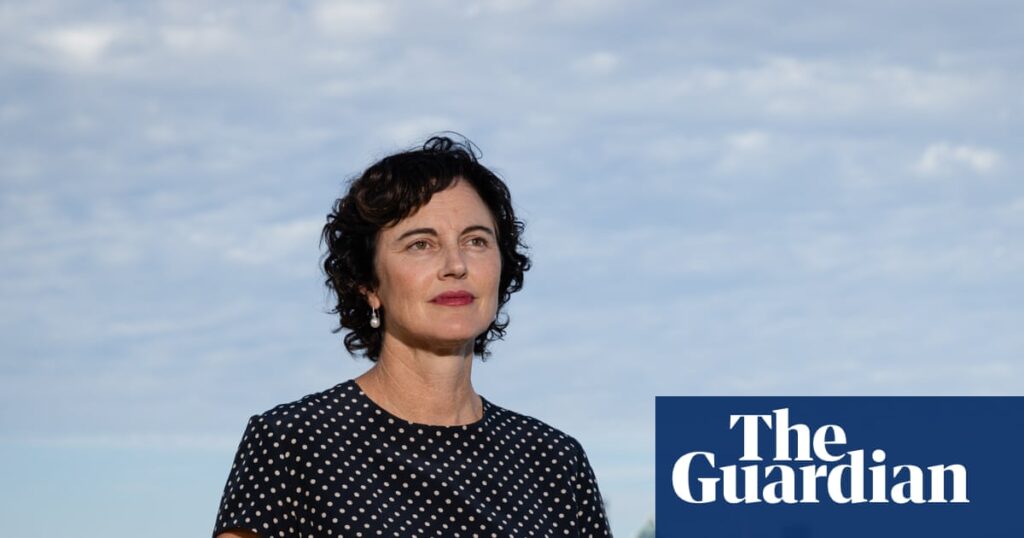A bold proposal to give Australians an extra $3,300 per year in exchange for a rise in the goods and services tax is being treated with caution by the major parties.
Kate Chaney, an independent MP from WA, has called for the implementation of a “progressive GST model” as the federal government looks for ways to reinvigorate Australia’s languishing productivity and strengthen the budget at an economic round table. Under the plan, first proposed by the economist Richard Holden, Australia would lift the rate of the consumption tax from 10% to 15% and apply it to exempt items like food, education and health.
Sign up: AU Breaking News email
To mitigate the impact on those with lower incomes, all Australians aged 18 and older would be given a $3,300 rebate – meaning they would effectively pay no GST on the first $22,000 of their annual expenses.
While the GST-free threshold would cost Australia $68.8bn, increasing the tax and removing exemptions for certain categories would raise $92.7bn, adding $23.8bn to the commonwealth’s budget.
“The major parties like to talk about tax cuts and spending but they’re less willing to discuss where the money will come from,” Chaney said. “We have to have courageous conversations about other revenue sources to avoid handballing this problem to future generations.”
With the government’s economic round table to convene later in August, the prime minister, Anthony Albanese, said he would not respond to every proposal in the meantime.
“Governments make government policy,” he told reporters in Melbourne on Thursday. “Our tax policy – the only tax policy that we’re implementing – is the one that we took to the election … reducing income taxes.”
The opposition finance spokesperson, James Patterson, said he was concerned two-thirds of revenue generated by Chaney’s proposal would be used to compensate Australians for the tax it collects.
He warned against taxes on spending in areas carved out of the GST when it was introduced more than two decades ago such as education and health.
“The Howard government recognised that people who spend their money on private health or private education are actually taking a burden off the public purse and therefore it would be unjust to tax them on top of that,” he told Sky News.
It would be an “incredibly brave government” that put a tax on top of insurance and private education fees, Patterson said.
The government has previously ruled out broadening the GST or lifting the rate. Prior analysis by the Australian National University’s Ben Phillips, an economics researcher, showed the GST is “highly regressive” and broadening it to include currently excluded items such as fresh food and education would make the tax even more regressive.
after newsletter promotion
Phillips’ modelling showed the bottom fifth of income earners pay 5.4% of their income on consumption taxes – more than twice as much as the top 20% of households, where GST accounts for 2.6% of disposable income.
He found consumption taxes as a share of household budgets climbed to 7.9% for the lowest incomes, but was only 3.5% for those at the top.
Meanwhile, the Australian Council of Social Service (Acoss) has called for a halving of the capital gains tax discount, a 15% tax on superannuation retirement accounts and a commonwealth royalty payment for offshore gas.
It urged the government to strengthen the not-for-profit sector by supporting the digital transformation and making service users the centrepiece of governance and program design.
All policies developed at the round table should be assessed on how they improve the wellbeing of people and the natural environment while taking gender and other factors into account, the council said.
“We must better prepare and train people for jobs and finally lift income support to levels that don’t trap people in poverty and destitution,” the CEO of Acoss, Dr Cassandra Goldie, said.

